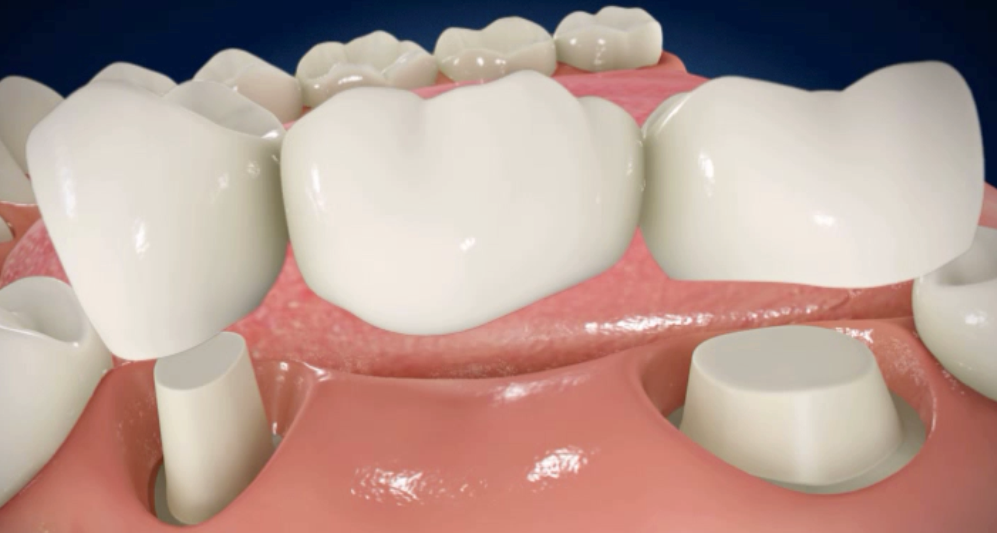Dental Bridges
If you have lately lost a tooth or two, whether its due to an injury, medical condition, or natural causes, you may be thinking what your choices are to restore your smile. A missing tooth can create an unattractive gap, but it’s often more than a cosmetic problem. You can also sense pain when chewing, discomfort in your jaw, or other problems that are caused by a change to your bite.
One of the most common solutions is having a dental bridge put in your mouth. If you haven’t gone through this procedure before, it’s helpful to understand the process and what to expect.
A dental bridge is a solution when you have a missing tooth, or when you have a gap that is causing your other teeth to become wobbly or loose. This replacement tooth will fill in the space where something is missing, creating a natural appearance while helping to restore the tooth.
There are four main types of bridges that your dentist will know which the best option for your situation. A traditional bridge is the most common type of bridge, which includes one or more false teeth held in place with crowns. These crowns are cemented to the teeth surrounding the tooth that is missing.
Another option is a cantilever bridge, it is supported by a crown on only one of the sides. If you only have 1 tooth next to your missing tooth, you can still get this type of crown placed to your mouth. Maryland bridges offer a more conservative approach, using porcelain or metal framework to hold the false tooth in place. These bridges aren’t as strong as those cemented in, so teeth that have a lot of biting force won’t be able to hold up with a Maryland bridge.
Dental Bridge Placement
The placement of a dental bridge is a non surgical procedure Your dentist will also numb the area of your mouth with local anaesthetic by injecting medication directly into your gums. This is usually prefaced using topical numbing jelly, placed on your gums to minimize the discomfort of the shot.

